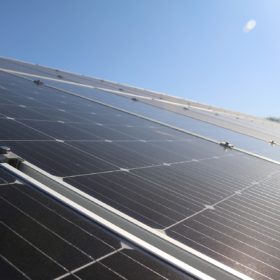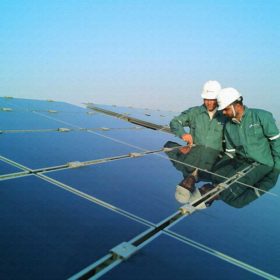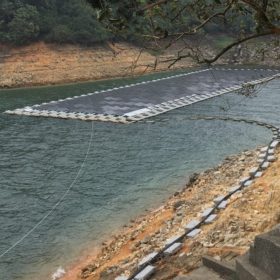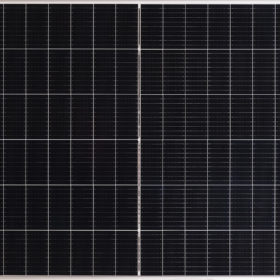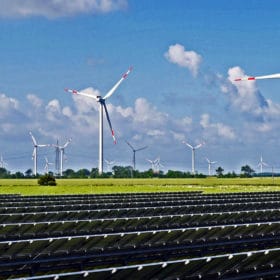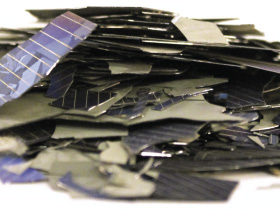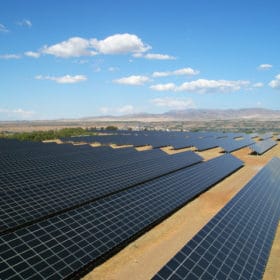India added 5.2 GW of solar in April-November period
India’s PV capacity additions fell 38% year on year in the first eight months of fiscal 2020-21 (to the end of November), as pandemic-driven disruptions constrained new project development.
Sembcorp wins 400 MW solar project in Indian auction
With its latest victory, Sembcorp Industries has expanded its renewables portfolio to more than 3 GW across Singapore, China, and India.
India to host ‘world’s biggest floating PV plant’ within two years
The 2,000ha installation, which will surpass in scale a 150 MW plant in China’s Anhui province, will reportedly require a INR3,000 crore ($409 million) investment.
Vikram Solar launches 505 W module
The Indian manufacturer has unveiled new mono-PERC modules in 120, 144, and 156 half-cell versions with claimed efficiency between 18.34% and 21.02%.
Tracking rooftop solar trends in India
Simarpreet Singh, director at EPC firm Hartek Group, speaks to pv magazine about the impact of the Covid pandemic on India’s rooftop solar sector, technology trends shaping the market, and the outlook for 2021.
Adani to build 600 MW hybrid wind-solar plant in India
The Indian group secured the project in an auction held by the Solar Energy Corporation of India (SECI). The plant will sell power to the Indian grid at a price of INR 2.41 ($0.033)/kWh under a 25-year PPA.
Establishing a solar module recycling system in India
Ankit Kapasi and Kishore Ganesan from SOFIES India are working on the Solar Waste Action Plan (SWAP) project in India, which is looking to investigate both the technical and economic feasibility of a PV module recycling system in the country. The pilot has been funded by Signify Foundation and Doen Foundation. The team at Sofies is working closely with technology partner Poseidon Solar and established the first PV recycling pilot plant in September 2020. The duo spoke to pv magazine India about their plant’s techno-commercial feasibility and the Indian eco-system’s readiness for PV module recycling.
India’s solar sector in 2020
India’s PV industry has experienced an eventful year, with record lows in both new capacity additions and tariffs.
Indian PV auction delivers final record low price of $0.0269/kWh
The solar electricity price in India has dipped further to an all-time low of INR 1.99 ($0.0269)/kWh in a recently held 500 MW Gujarat auction, which is 0.5% lower than the previous record of INR 2.00/kWh set a month ago.
Structural factors driving down PV prices in India
An analysis by India Ratings and Research (Ind-Ra) says improvements in PV panel designs and costs, lower financing costs and state-specific sectors, such as the location’s solar potential and certain waivers, have driven the decline in Indian solar tariffs.
